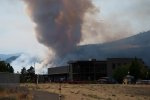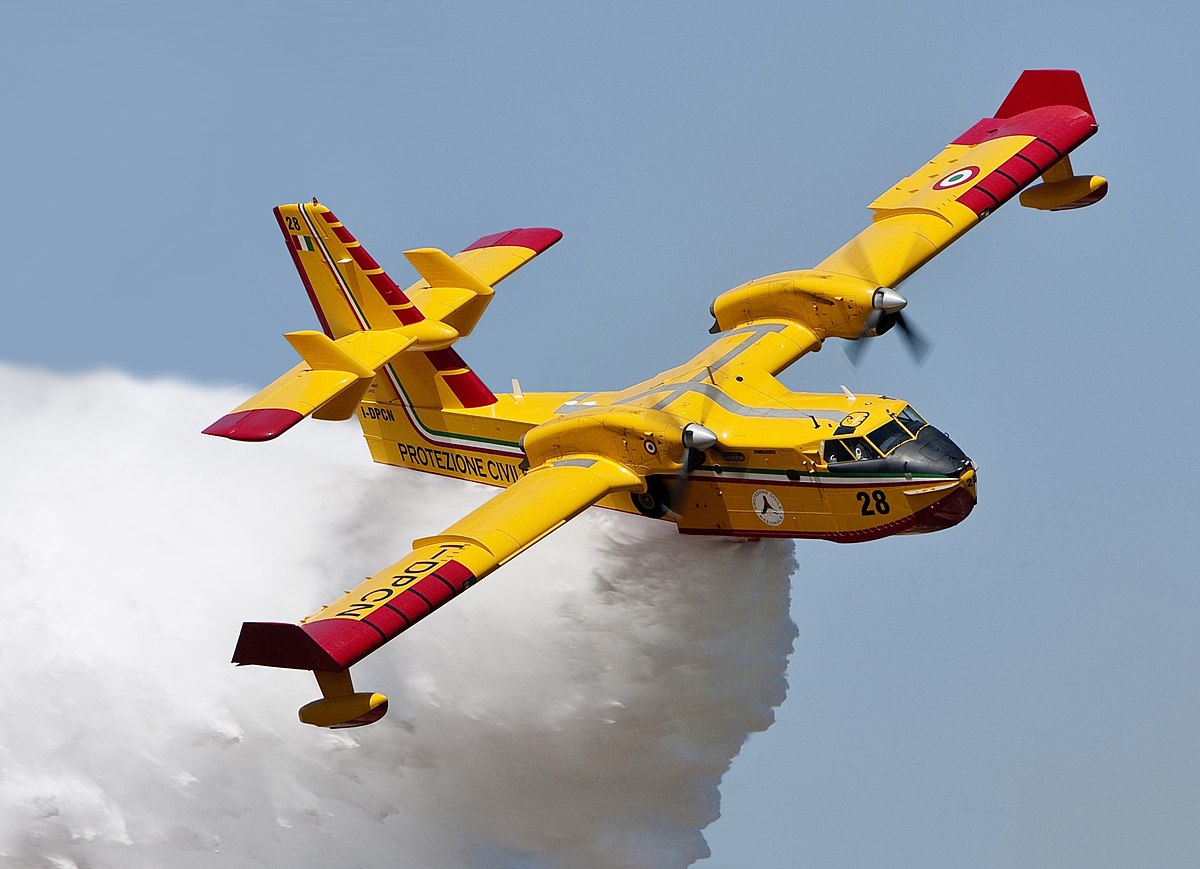Let'sgoflying!
Touchdown! Greaser!
Regarding firefighting aircraft that scoop water, ie the Canadair.
Is it the case that they scoop because a full water-load takeoff may not be possible due to weight?
I realize the main reason is probably to allow for the speediest turn-around - but I was wondering about take-off weight limitations.
(follow on Q’s might include, can they offload water if they find themselves on a lake, full?)
Is it the case that they scoop because a full water-load takeoff may not be possible due to weight?
I realize the main reason is probably to allow for the speediest turn-around - but I was wondering about take-off weight limitations.
(follow on Q’s might include, can they offload water if they find themselves on a lake, full?)


 )
)